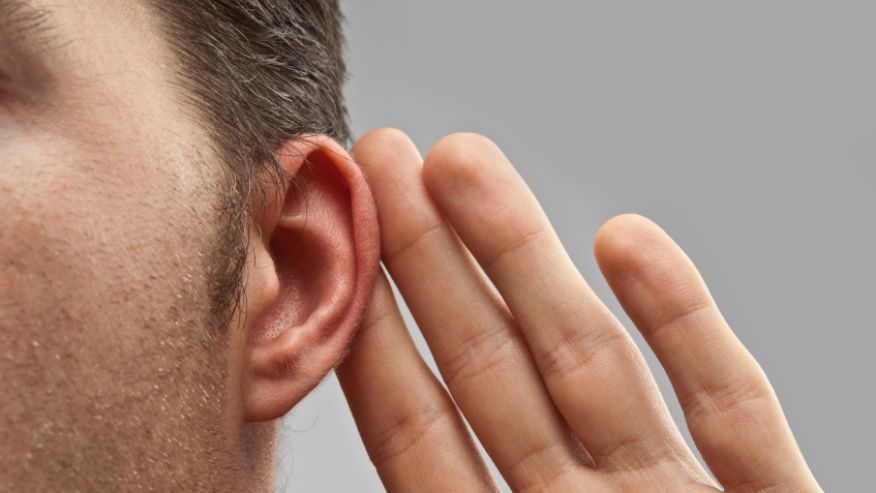 Research are made to achieve something, its intention is to discover something that would better human lives and reassured quality of products overtime. Every scientific domain is resolved by the object of measurement and the selection of suitable methods of gathering data and statistical breakdown. Wrong methodology can result to incorrect information.
Research are made to achieve something, its intention is to discover something that would better human lives and reassured quality of products overtime. Every scientific domain is resolved by the object of measurement and the selection of suitable methods of gathering data and statistical breakdown. Wrong methodology can result to incorrect information.
Recognizing incorrect knowledge as something sound or correct into record while conducting further research has will garnish negative consequences. One of these faulty data present, somewhat, in every single research is bias. It is a clearly putting your work at risks, because it usually goes unnoticed by the researcher. But if you are aware of its threat there are ways to avoid it.
Bias is about deviation from the correct data input collection, analysis, interpretation and documentation –these will result to a wrong perception. Bias happens either intentional or unintentional.
It should be emphasized that every research has limitations. Compromised effect cannot be avoided. Every scientist should be aware of all potential sources of bias and carry on all possible remedies to avoid deviation from the truth. If deviation is persists, authors should publicly divulge it in their writings and declare their limitations.
While those involved in the research tried to give it a positive spin, saying they hoped it would solve some mysteries (such as why one researcher may get an entirely different study result than another), what it really highlights is the inherent inaccuracies and design flaws of laboratory research and animal research, in particular.
This reminds me of a reality TV show that I recently shot that will air in a few months. One of the actors was a capuchin monkey, and his trainer told me that he would consistently react quite stressed around menstruating women.
A medication that appears to be relieving pain in mice, for instance, may actually be “working” due to the stress-induced pain relief that occurs when mice are exposed to strange male researchers, not because of the drug at all.
The study calls into question not only animal research and pain research conducted by males, but also virtually …
Bias in research can lead to a malicious results and incorrect conclusions. Such studies will cost so much money. It is therefore the responsibility of all involved concerns in the scientific publishing to validate unbiased manner of researching, implemented in a strictly professional manner.
Please read the rest of the article at Mercola.com





Leave a Reply